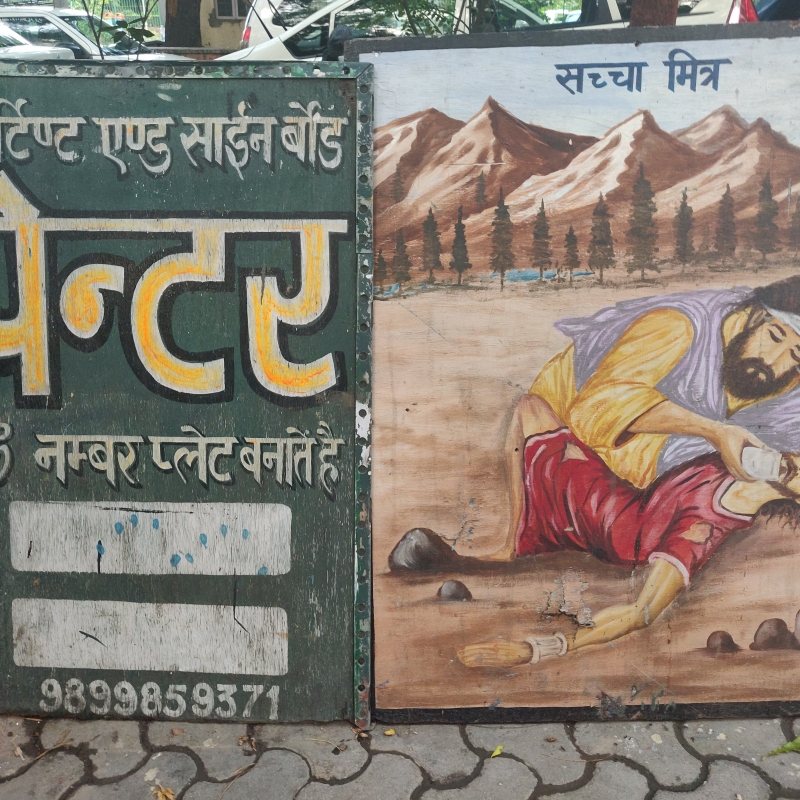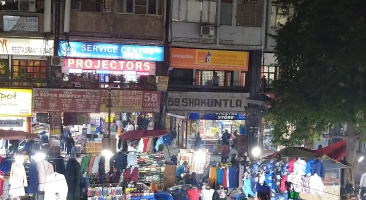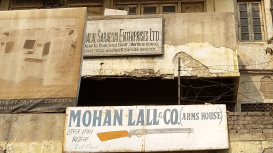The streets, roads and lanes of Delhi hold vestiges of vernacular design practices in the form of hand-painted lettering styles.
The regularly encountered signages, whether commercial hoardings of the local kirana (grocery) shop or names of streets, employ a rich variety of lettering techniques. Before the advent of digital technology of printing, such lettering was designed by the sign writer, who would often employ great innovation to create expressive font styles.
A shop signage not only helps in identifying the nature of trade or service being offered, but an attractive board makes a business more memorable and generates a sense of interest.
The history of sign painting in India goes back to the swadeshi movement of India’s struggle for independence. However, since the mid-1990s, the tradition of hand-painted signs have seen a gradual decline, now further exacerbated with the advent of Photoshop and digital printing.




